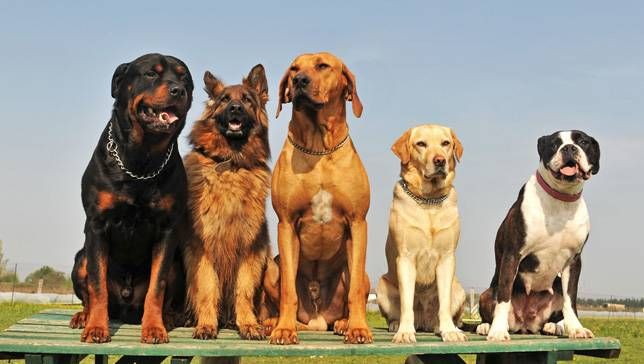Keeping Walks Woof-tastic: Essential Tips to Prevent Dog Attacks and Ensure Safe Encounters
Contents
Dog attacks can be a frightening experience for both humans and canines. While these incidents are thankfully rare, we need to prevent dog attacks by understanding the factors that contribute to them and implementing preventative measures can significantly reduce the risk. This comprehensive guide explores the common causes of dog attacks, offers practical tips for avoiding them, and provides valuable advice for safe interactions with unfamiliar dogs.
Understanding the Causes of Dog Attacks
Fear and Anxiety: Dogs can become fearful or anxious in unfamiliar situations, around new people or dogs, or when startled by sudden movements. These anxieties can trigger defensive behaviors, including growling, barking, and even biting.
Poor Socialization: Puppies who haven’t been properly socialized to different people, animals, and environments are more likely to react with fear or aggression in unfamiliar situations.
Lack of Training: Untrained dogs may lack the impulse control and obedience skills necessary to handle potentially stressful situations calmly.
Protective Instincts: Some breeds possess strong protective instincts and may react aggressively if they perceive a threat to themselves or their owners.
Medical Conditions: Underlying medical conditions, such as pain or illness, can also influence a dog’s behavior and increase their propensity to bite.
Keeping Yourself Safe: Preventative Measures
Respect Leash Laws: Always leash your dog in public spaces, regardless of their breed or temperament. This provides better control and allows you to maintain a safe distance from unfamiliar dogs.
Read Canine Body Language: Familiarize yourself with canine body language to understand how a dog is feeling. Stiff posture, tucked tail, raised hackles, growling, and baring teeth are all signs of potential aggression.
Avoid Direct Eye Contact: While eye contact can be a sign of dominance in humans, it can be perceived as a threat by some dogs. Opt for a calm, averted gaze when encountering an unfamiliar dog.
Give Space: Don’t approach a dog without permission from its owner. Ask the owner if it’s okay to greet their dog, and allow the dog to initiate contact if comfortable.
Remain Calm and Collected: If a dog appears agitated or aggressive, avoid screaming, running, or making sudden movements. Stand still, remain calm, and slowly back away if possible.
Carry Treats (Optional): Consider carrying small, high-value treats to redirect a dog’s attention or reward calm behavior during encounters (with the owner’s permission).
Be Mindful of Children: Supervise children closely around unfamiliar dogs. Teach them proper dog etiquette, like avoiding petting a dog without permission or running around them.
Be Aware of Your Surroundings: Pay attention to your surroundings and avoid areas where aggressive dogs are known to be present.
Enroll Your Dog in Training: Proper training can significantly reduce the risk of an attack. Enroll your dog in obedience classes and socialization sessions to develop good manners and impulse control.
Advocate for Responsible Pet Ownership: Promote responsible pet ownership by advocating for leash laws, proper training, and spaying/neutering programs to reduce the number of unwanted dogs.
For more information related to pets checkout our main page https://petsynse.com/
